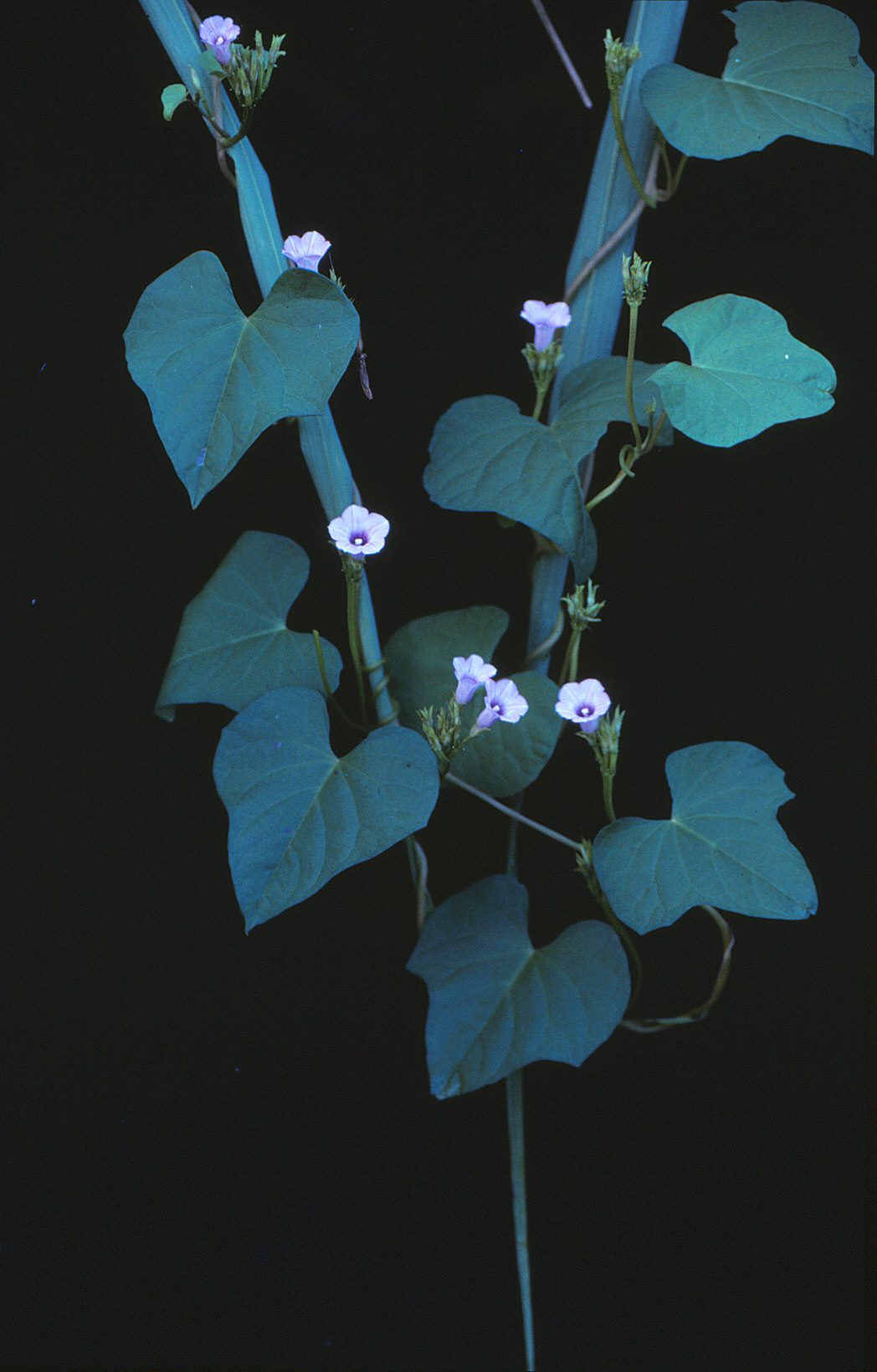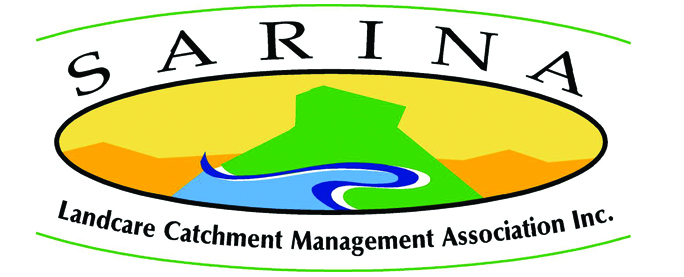Pink convolvulus
Ipomoea triloba, Fam. Convolvulaceae

Perennial twinning or sometimes prostrate glabrous vine.
| Weed Category: |
Other invasive plants Invasive plants that are not prohibited or restricted invasive plants, but are known to spread readily and cause negative impacts, within the region.
|
| Weed: | Yes |
| Form or habit: | Vine (Climbing, Twining or groundcover) |
| Family: | Convolvulaceae |
| Leaf: | Simple Alternate Alternate simple. Variable in shape, ovate or circular, generally 3-lobed sometimes entire, pointed apex, heart shaped base, 20-80 x 20-80mm; stalks 5-35mm. |
| Flower conspicuous: | Conspicuous |
| Flower colour: |
Purple, Pink |
| Flower description: | Funnel-shaped with 5 shallow lobes. Pink to purple with darker throat, about 20mm diameter, 1-few-flowered groups on stems 10-100mm long; often closing before noon. |
| Fruit conspicuous: | Inconspicuous |
| Fruit colour: |
Brown |
| Fruit: | Dry |
| Fruit description: | Brown, sub-globular papery, 5-6mm long; both capsule and calyx hairy. Seeds 4, mottled brown and black, 3-4mm long. |
| Habitat: | |
| Distribution | |
| Food source for: | |
| Toxicity: | No toxicity known |
| Origin: | Tropical America |
| Notes: | Spread by: vegetative material and/or seeds in garden waste, water, contaminated soil on machinery, vehicles etc; contaminated pasture seeds and contaminated forest mulch. Invades/threats: agriculture, particularly the sugar-cane industry, grazing and the environment. Notes: naturalised populations are primarily in north Queensland, with very few records for this area. More than 20 species of Ipomoea occur in this district with 15 of them being native. Only one native species has been identified as being a problem to agriculture so, as always, correct identification is essential. Exotic species that are now widely naturalised were probably all introduced as ornamentals. The hard seeds have a long viability and most perennial species are also spread by vegetative means. The well-known sweet potato is Ipomoea tatatis. Environmental weed. |
| Information sources: | Mackay Regional Pest Management Group (2018) Weeds of the Mackay Whitsunday Region Second Edition. |



